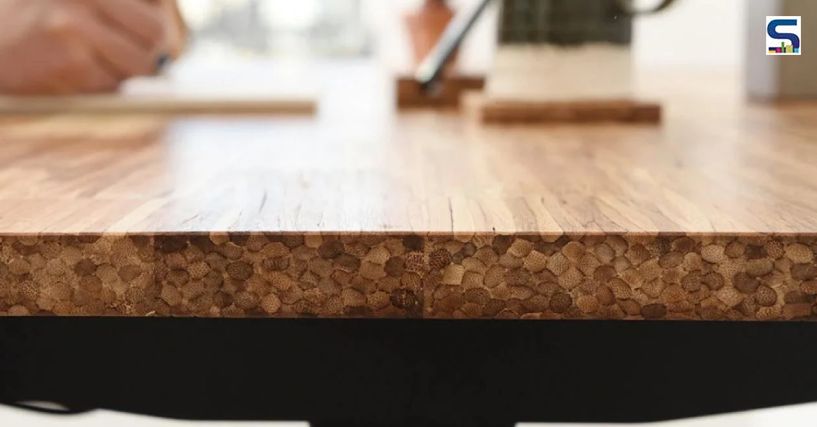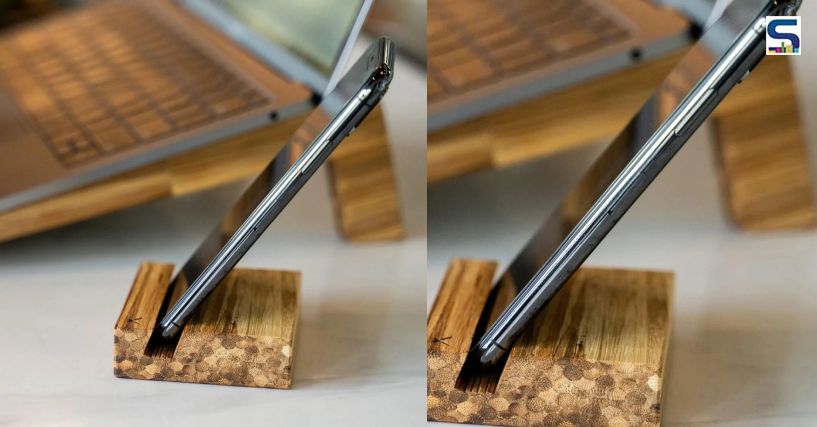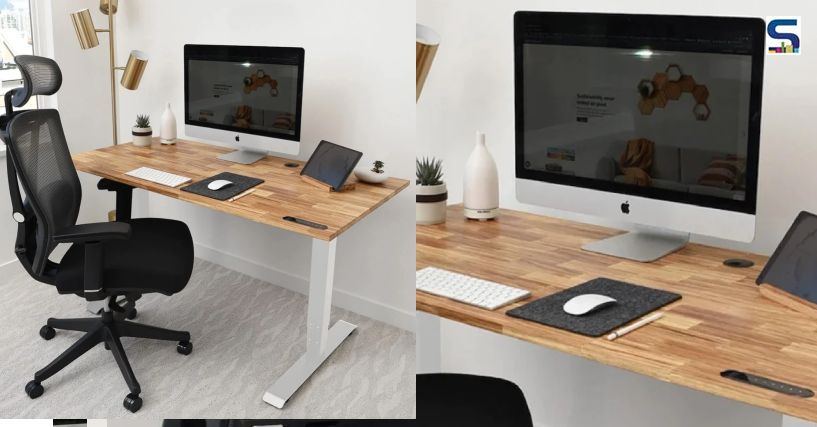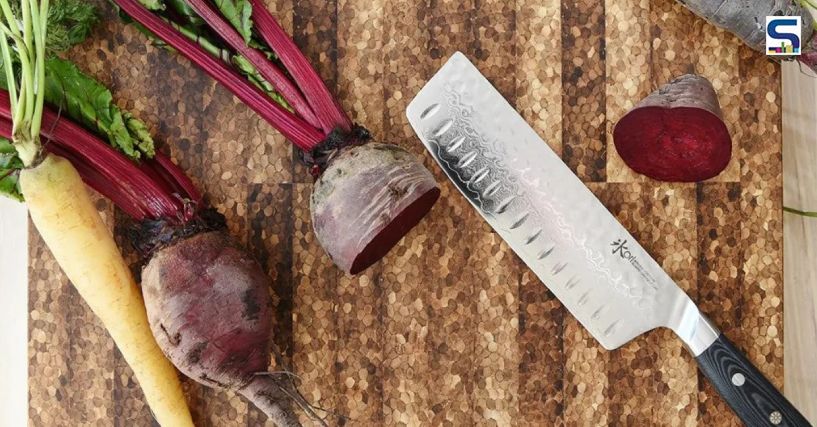
Along with other waste generated in the world, chopsticks too contribute to waste globally. Chopsticks have been one of the preferred dining utensils for more than 5,000 years now. Today, nearly a third of the global population uses chopsticks daily which accounts for nearly 80 billion pairs of chopsticks being thrown away each year, informs AtlasObscura. A Canadian company has come up with a way to curb this wastage and make chopsticks reusable through other mediums. Here is a detailed report on SURFACES REPORTER (SR).
 ChopValue collects nearly 350,000 used chopsticks from over 300 restaurants in Vancouver each week and turns them into statement pieces.
ChopValue collects nearly 350,000 used chopsticks from over 300 restaurants in Vancouver each week and turns them into statement pieces.
ChopValue, a Vancouver-based company, incepted in 2016 by Felix Bock has come up with a way to recycle disposed chopsticks. ChopValue collects nearly 350,000 used chopsticks from over 300 restaurants in Vancouver each week and turns them into bookshelves, cutting boards, coasters, desks and other custom decorations. Reportedly, this has saved more than 50 million pairs of chopsticks from landfills since its launch.
 More than 50 million pairs of chopsticks are saved from landfills since ChopValue’s launch in 2016.
More than 50 million pairs of chopsticks are saved from landfills since ChopValue’s launch in 2016.
It is common for used chopsticks to eventually grow mold and bacteria over the years. To remove any traces of food waste, the company developed a proprietary process where the chopsticks are first coated in water-based resin and then placed in an industrial oven to sterilize them at 200 degrees Fahrenheit for nearly five hours. With the help of a hydraulic machine, the clean chopsticks are broken down into a composite board, which is then sanded, polished or lacquered. In order to make the chopsticks come to their full circle, Bock has made sure that the entire process is chemical-free, thereby making the final product non-toxic.
 Its entire process is chemical-free, thereby making the final product non-toxic.
Its entire process is chemical-free, thereby making the final product non-toxic.
Today, ChopValue has its international franchise in Singapore and is aiming to expand responsibly. From office furniture to kitchen items to games like dominos and cribbage sets, ChopValue strongly believes in circular economy. Chopsticks are made of bamboo, which is one of the fastest-growing plants with extreme durability and strength. Bock’s idea has been to demonstrate bamboo’s potential as a wood replacement and keep chopsticks out of landfills. His prototype was coasters and cutting boards.
 ChopValue’s work desk is made using 10,852 chopsticks that would otherwise end up in a landfill.
ChopValue’s work desk is made using 10,852 chopsticks that would otherwise end up in a landfill.
Today, ChopValue’s work desk is made using 10,852 chopsticks that would otherwise end up in a landfill. Each of their products has a negative net-carbon impact and comes with information about how many chopsticks were reused. With effectively recycling 0.015 per cent of the global trash problem, Bock aims to license at least 100 micro-factories across the globe to give 1.5 billion disposed chopsticks a new life.
Image credits: ChopValue